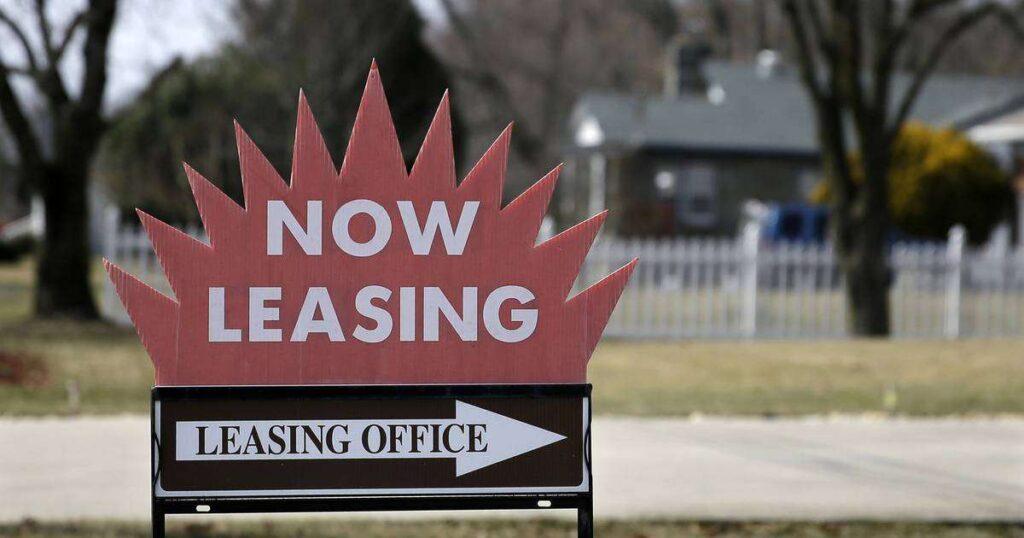The overall health of this sector is very strong, with higher occupancy rates and lower rent volatility than other real asset classes
Rents in Naperville continue to increase, though at a slower rate compared to neighboring communities, according to the most recent data from a rental tracker. But the city still has some of the highest rents in the area.
Saving and investing are two very different financial strategies. Once you understand the difference between saving and investing, you may do a better job of managing your money.
Here are five predictions that I believe will gain momentum and revolutionize the work and leisure lifestyles for residents as well as optimize investments for owners and operators.
Inflation trend may be turning the corner. The headline Consumer Price Index in July was up 8.5 percent compared to a year prior, a deceleration from the 9.1 percent year-over-year jump recorded in June.
Today, Apartments.com – a CoStar Group company – released an in-depth report of multifamily rent growth trends for July 2022 backed by analyst observations.






